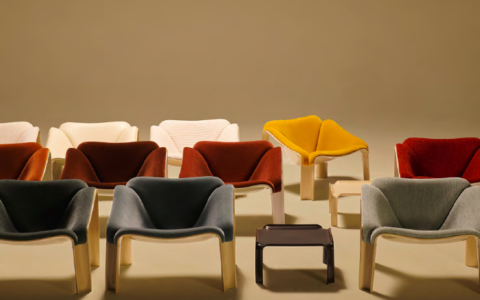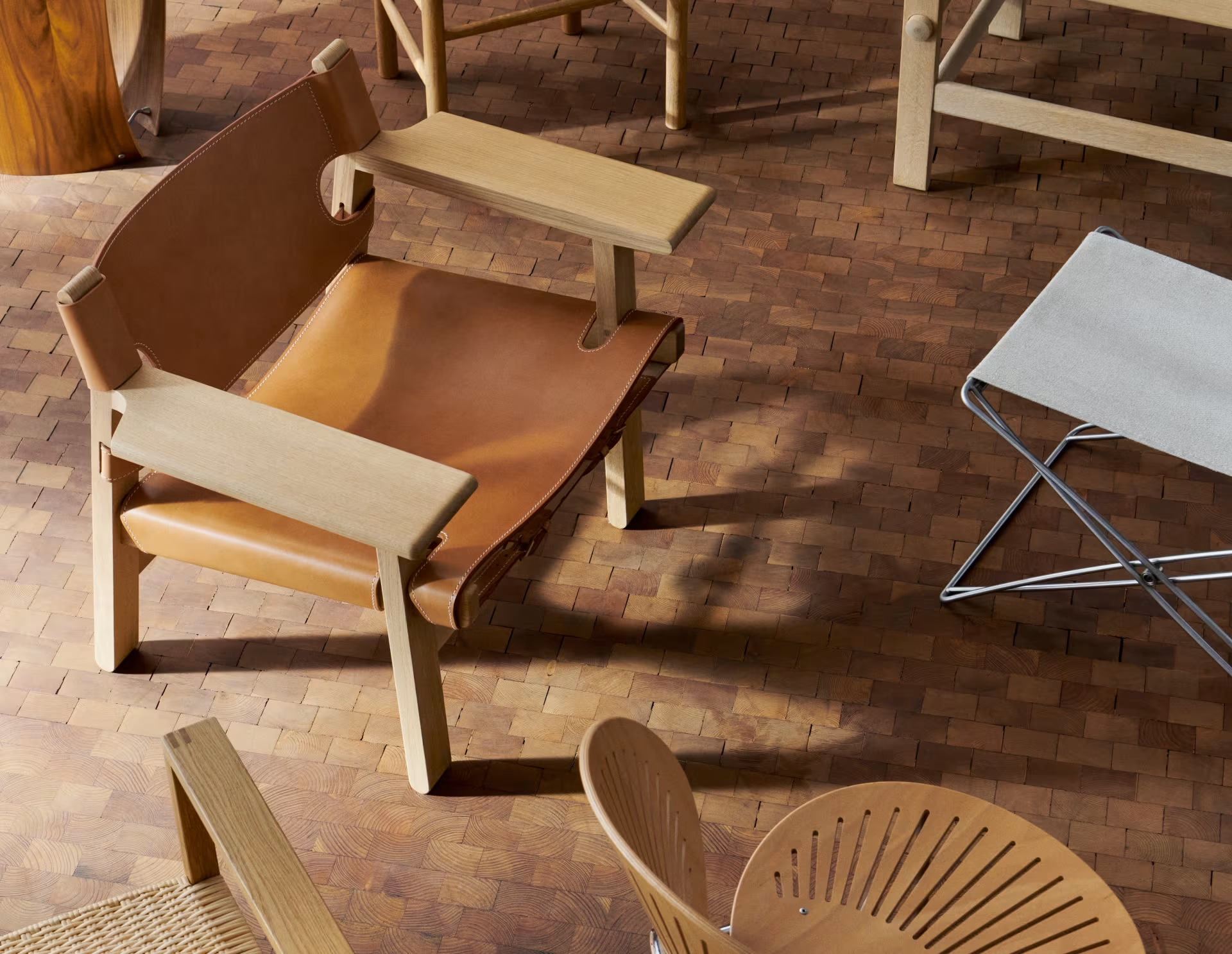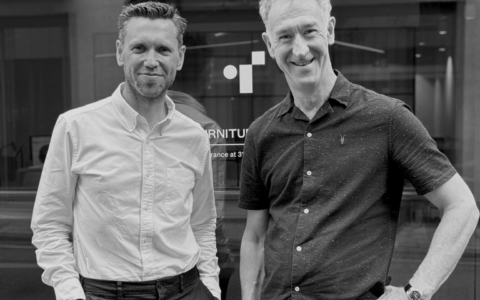World Mental Health Day 2024
This year’s World Mental Health Day theme is Workplace Mental Health, underscoring the importance of addressing mental health and wellbeing for the benefit of individuals, organisations, and communities. Given that work occupies a significant portion of our lives, prioritising mental health in these environments is crucial.
While various factors, including workplace culture, leadership, and personal circumstances, influence mental health, the design of the physical workspace plays a vital role in enhancing employee wellbeing. Thoughtfully designed spaces can significantly impact how employees feel, both physically and mentally.
In recognition of World Mental Health Day, we explore how a selection of businesses we've collaborated with are designing their environments to promote mental health and wellbeing for their employees and members. By focusing on design that considers employees' needs and aspirations, businesses can create workplaces where individuals feel valued, supported, and able to do their best.
For further insights and helpful resources to support mental health at work, we encourage individuals and employers to review the UK Mental Health Foundation’s guide, along with the World Health Organization's resources on mental health in the workplace, which provide valuable strategies for fostering a healthier workplace.
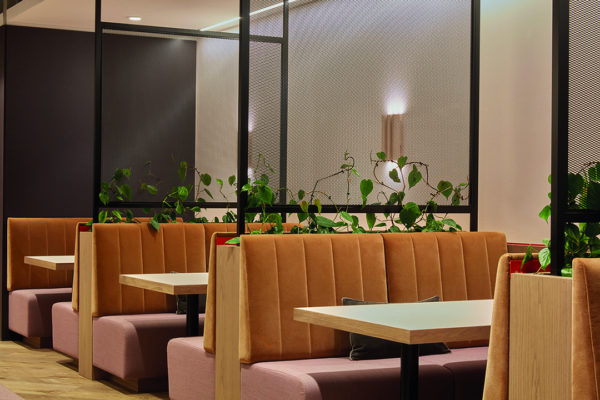
Incorporating Natural Light and Biophilic Design
Our surroundings can profoundly impact our mental state. Today, many forward-thinking businesses are maximising natural light in their spaces, which helps reduce stress and elevate mood, while also using biophilic design to enhance employee wellbeing. Incorporating large windows, open layouts, and materials that maximise light, along with biophilic elements—such as indoor plants and natural materials—can create calming environments that inspire creativity and promote overall wellbeing.
The European Bank for Reconstruction and Development (EBRD) has embraced a wellness-centric approach in the design of its new Canary Wharf space. Their focus on natural light and flexible workspaces reflects a commitment to promoting employee wellbeing while creating an inviting atmosphere. By prioritising natural elements and fostering connections to the outdoors, EBRD's design enhances productivity and supports the health and comfort of its occupants.
At Myo St Paul’s, Basha Franklin has designed a flexible co-working space that targets WELL Platinum certification – the highest level of the WELL Building Standard, recognising exceptional designs that enhance occupant health and wellbeing. The design maximises natural light and incorporates abundant greenery alongside environmentally conscious materials, and also includes spaces for meditation. The 'green' floor offers respite and relaxation, while a vibrant 'red' floor introduces shades of pink, terracotta, and crimson to generate a sense of energy and playfulness. The space is visually rich, featuring bespoke joinery, playful terrazzo, and lush planting, all of which contribute to a healthier, more engaging environment.
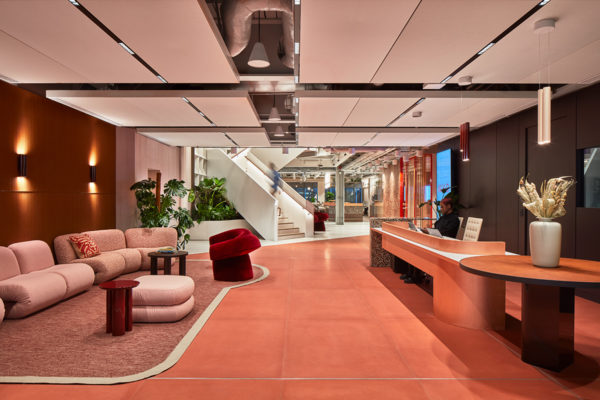
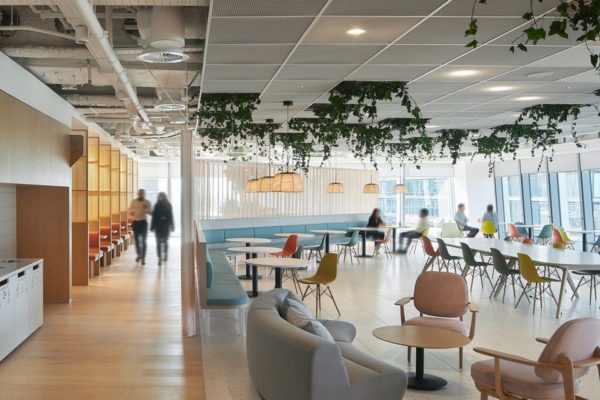
Design for Movement and Flexibility
Physical movement significantly contributes to maintaining mental clarity and overall wellbeing. Office spaces that encourage activity can be highly effective, incorporating features like standing desks, modular furniture, and various breakout spaces and quiet zones that allow employees to select environments that align with their tasks or moods.
In Cognizant's new headquarters in Spitalfields, we supported the design’s emphasis on flexibility and collaboration through carefully selected pieces that can adapt to the changing needs of the space. Breakout areas are equipped with moveable walls that allow for adjustable layouts, accommodating both group collaboration and individual focus, encouraging spontaneous teamwork and adaptability—essential for today’s fast-paced work environments. The inclusion of whiteboards that can be easily affixed or removed enhances brainstorming and idea sharing.
Moreover, the workspace features flexible power solutions that free employees from being tethered to fixed plug sockets, enabling them to work anywhere in the office, whether in collaborative spaces or quiet zones. This adaptability not only enhances productivity but also supports a culture of innovation and collaboration.
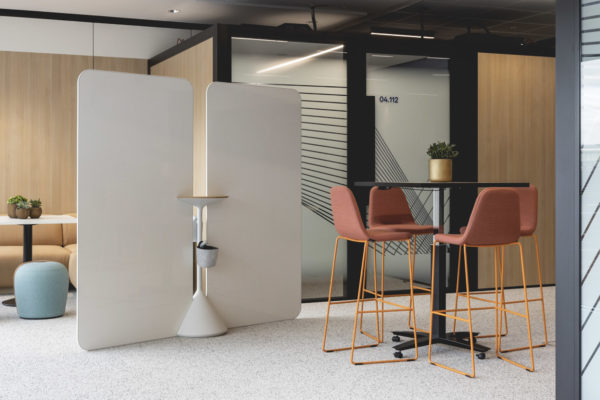
Create Quiet Zones and Wellness Rooms
Designating quiet zones and wellness rooms allows employees to unwind, meditate, or recharge in a focused environment. These spaces should be free from distractions and noise, providing a sanctuary for short mental breaks throughout the day. Calming colours, soft furnishings, and low lighting contribute to an inviting and restorative atmosphere.
Goodwin Procter’s new office exemplifies this approach by creating a more considerate working environment that prioritises employee wellbeing. The office features a suite of communal wellness rooms specifically designed for relaxation and rejuvenation. These spaces are equipped with comfortable seating and soothing decor, inviting employees to step back from their work and refocus their minds.
Similarly, the design of Hogarth Davies Lloyd’s office incorporates dedicated quiet zones to foster a serene work environment. These spaces are thoughtfully designed to reduce noise and distractions, allowing employees to concentrate or take breaks without interruption. The calming interiors, complemented by comfortable furnishings, provide an ideal backdrop for relaxation and mental clarity.
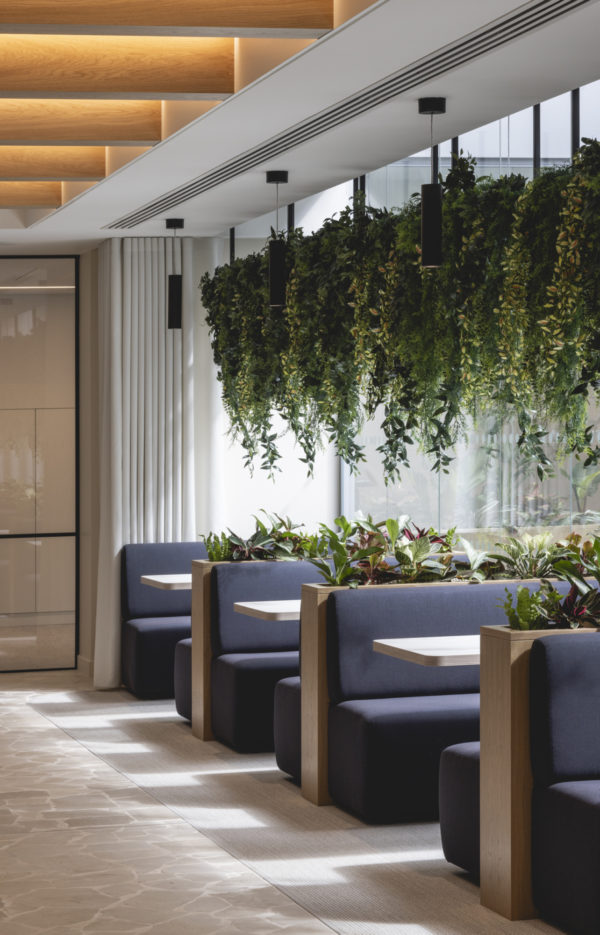
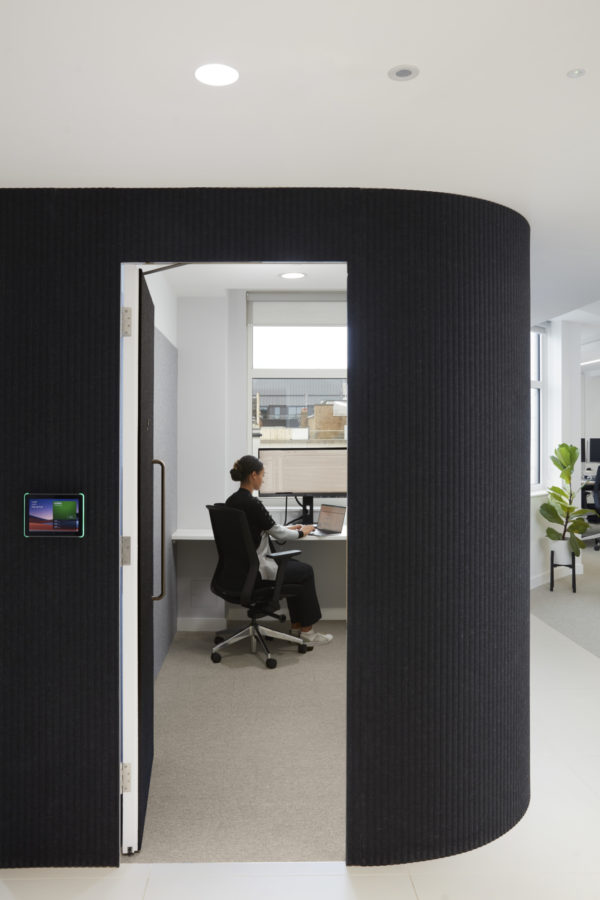
Foster Social Interaction and Collaboration
As a social species, we rely on interactions to feel connected to others and understand our place in the world. Research has shown that social contact is vital for our mental and physical wellbeing, fostering a sense of belonging and community in the workplace. Designing common areas—such as kitchens, lounges, and collaborative spaces—encourages informal interactions and teamwork, which can reduce feelings of isolation and create a supportive network among colleagues.
Edelman’s headquarters at the historic Francis House exemplifies effective design for social interaction, with open-plan areas that promote spontaneous teamwork and collaboration. Strategically placed lounges and casual meeting spots encourage informal conversations and relationship-building.
The space incorporates 24 distinct typologies catering to various work styles and preferences. Additionally, the inclusion of five mezzanines offers private zones for focused work, ensuring that employees can balance collaboration with the need for quiet reflection. This thoughtful arrangement of spaces facilitates social interaction while respecting the varied sensory and social needs of all employees, creating an inclusive environment that enhances overall wellbeing.
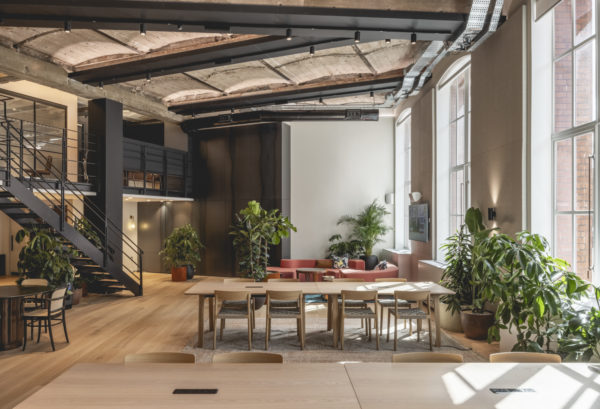
Prioritise Ergonomics and Comfort
A comfortable workstation is vital for both mental and physical wellbeing. Uncomfortable workstations can lead to physical discomfort, stress, and mental fatigue, making it crucial to prioritise ergonomics in the workplace. By ensuring that desks, chairs, and equipment support healthy posture, organisations can significantly reduce the risk of musculoskeletal issues and enhance overall productivity.
Incorporating sit-stand desks offers unique benefits, allowing employees to alternate between sitting and standing throughout the day. This flexibility helps reduce fatigue, boosts energy levels, and improves focus, fostering a more dynamic and engaging work environment.
Forsters’ new office exemplifies this commitment to employee comfort and ergonomics. By integrating sit-stand desks alongside thoughtfully designed chairs tailored for specific tasks, Forsters promotes a workspace that adapts to the diverse needs of its team. This approach not only supports healthy working postures but also encourages movement and variety throughout the workday, fostering a culture of wellbeing and productivity.
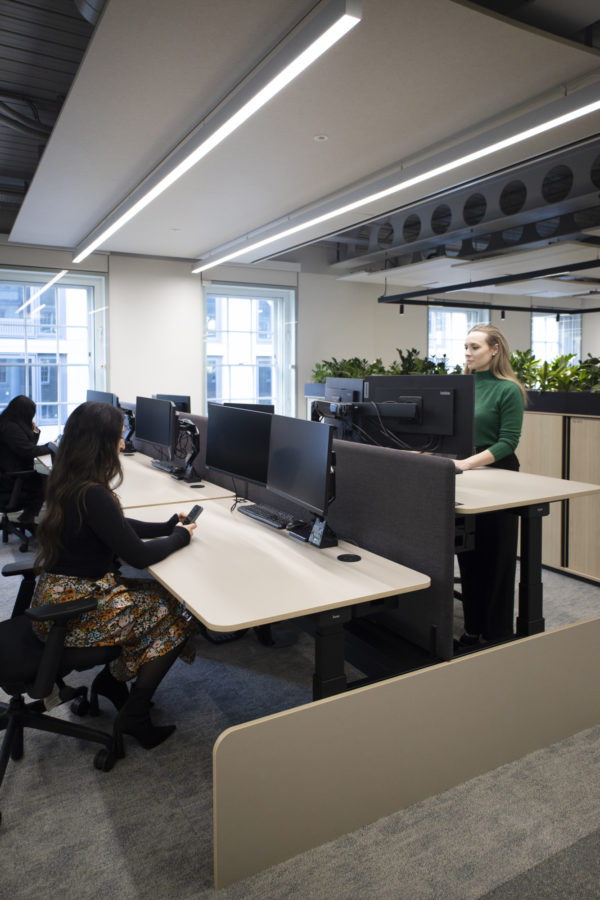
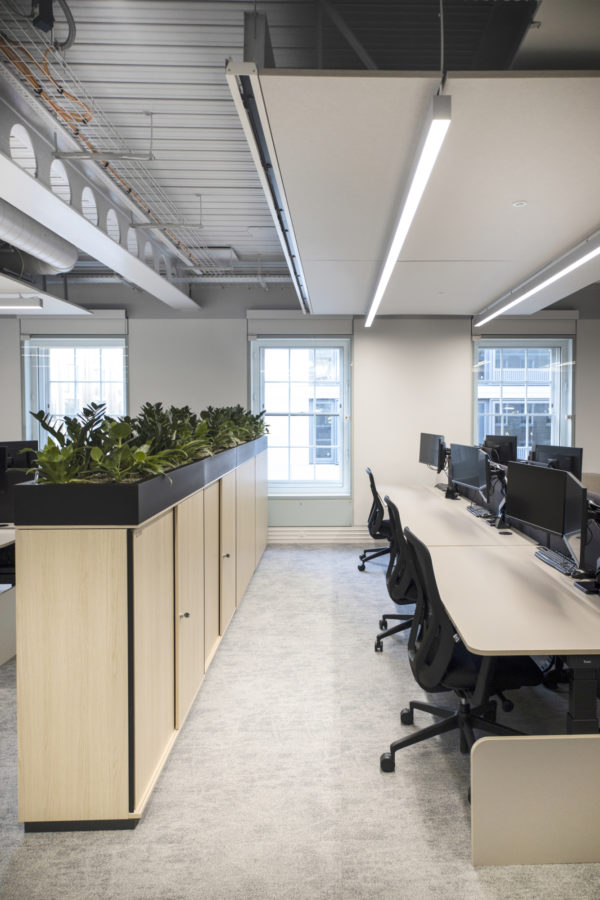
By focusing on design elements that prioritise employee wellbeing, businesses can create work environments that support a healthy and productive workforce. If you'd like to learn more about the featured projects or discuss how we can enhance your workspace for your team's wellbeing, get in touch with us via our contact page.
TFP Journal
See moreExplore More

